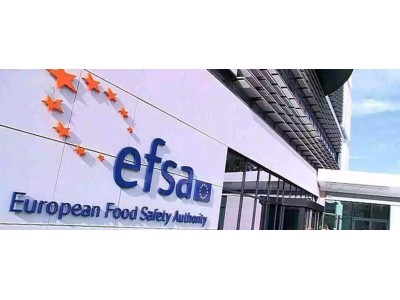гҖҖгҖҖ2022е№ҙ3жңҲ16ж—ҘиҮі2022е№ҙ6жңҲ10ж—ҘпјҢ28дёӘ欧зӣҹ/欧жҙІз»ҸжөҺеҢәеӣҪ家е’ҢиӢұеӣҪжҠҘе‘ҠдәҶй«ҳиҮҙз—…жҖ§зҰҪжөҒж„ҹпјҲHPAIпјүз–«жғ…зҡ„жҡҙеҸ‘гҖӮиҮӘдёҠж¬ЎжҠҘе‘Ҡд»ҘжқҘпјҢдёӯеӣҪжҠҘе‘ҠдәҶ4дҫӢз”ІеһӢH5N6гҖҒ2дҫӢз”ІеһӢH9N2е’Ң2дҫӢз”ІеһӢH3N8з—…жҜ’ж„ҹжҹ“зҡ„дәәзұ»з—…дҫӢпјҢзҫҺеӣҪжҠҘе‘ҠдәҶ1дҫӢз”ұHPAIз—…жҜ’пјҲH5N1пјүеј•иө·зҡ„дәәзұ»ж„ҹжҹ“з—…дҫӢгҖӮеңЁж¬§зӣҹ/欧жҙІз»ҸжөҺеҢәпјҢдёҖиҲ¬дәәзҫӨзҡ„ж„ҹжҹ“йЈҺйҷ©иў«иҜ„дј°дёәдҪҺпјҢиҒҢдёҡжҡҙйңІдәәзҫӨзҡ„ж„ҹжҹ“йЈҺйҷ©дёәдёӯдҪҺгҖӮйғЁеҲҶеҺҹж–ҮжҠҘйҒ“еҰӮдёӢпјҡ
гҖҖгҖҖThe 2021–2022 highly pathogenic avian influenza (HPAI) epidemic season is the largest epidemic so far observed in Europe, with a total of 2,398 outbreaks in poultry, 46 million birds culled in the affected establishments, 168 detections in captive birds, and 2,733 HPAI events in wild birds in 36 European countries. Between 16 March and 10 June 2022, 1,182 HPAI virus detections were reported in 28 EU/EEA countries and United Kingdom in poultry (750), and in wild (410) and captive birds (22). During this reporting period, 86% of the poultry outbreaks were secondary due to between-farm spread of HPAI virus. France accounted for 68% of the overall poultry outbreaks, Hungary for 24% and all other affected countries for less than 2% each. Most detections in wild birds were reported by Germany (158), followed by the Netherlands (98) and the United Kingdom (48). The observed persistence of HPAI (H5) virus in wild birds since the 2020–2021 epidemic wave indicates that it may have become endemic in wild bird populations in Europe, implying that the health risk from HPAI A(H5) for poultry, humans, and wildlife in Europe remains present year-round, with the highest risk in the autumn and winter months. Response options to this new epidemiological situation include the definition and the rapid implementation of suitable and sustainable HPAI mitigation strategies such as appropriate biosecurity measures and surveillance strategies for early detection measures in the different poultry production systems. Medium to long-term strategies for reducing poultry density in high-risk areas should also be considered. The results of the genetic analysis indicate that the viruses currently circulating in Europe belong to clade 2.3.4.4b. HPAI A(H5) viruses were also detected in wild mammal species in Canada, USA and Japan, and showed genetic markers of adaptation to replication in mammals. Since the last report, four A(H5N6), two A(H9N2) and two A(H3N8) human infections were reported in China and one A(H5N1) in USA. The risk of infection is assessed as low for the general population in the EU/EEA, and low to medium for occupationally exposed people.
гҖҖгҖҖжң¬ж–Үз”ұйЈҹе“ҒдјҷдјҙзҪ‘йЈҹе“Ғиө„и®Ҝдёӯеҝғзј–иҫ‘пјҢдҫӣзҪ‘еҸӢеҸӮиҖғпјҢжңүд»»дҪ•з–‘й—®пјҢиҜ·иҒ”зі»news@www.sqrdapp.comгҖӮ











 ең°еҢәпјҡ
ең°еҢәпјҡ






 йІҒе…¬зҪ‘е®үеӨҮ 37060202000128еҸ·
йІҒе…¬зҪ‘е®үеӨҮ 37060202000128еҸ·



